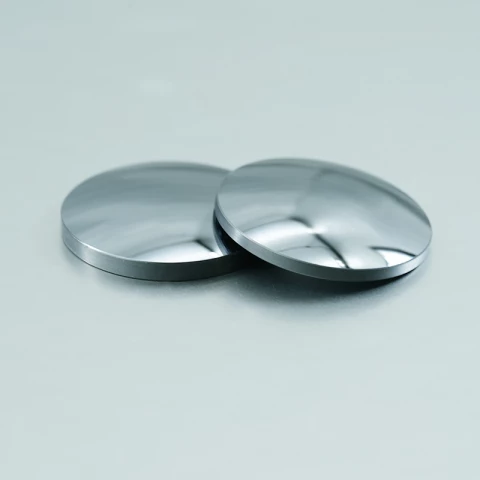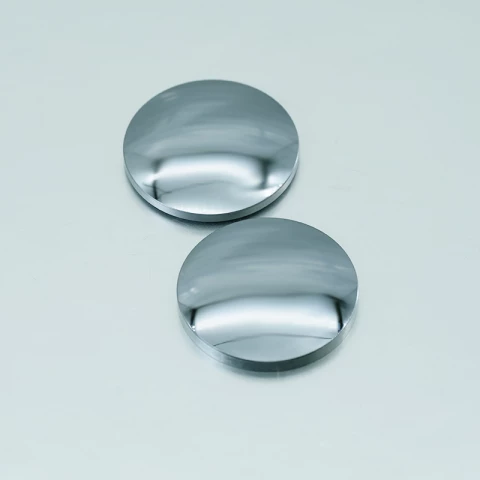Description
Germanium is widely used because of its high refractive index, large transmission distance range and robust mechanical properties. Optical grade germanium crystal has a wide infrared transmission band (available in both 3~5μm and 8~12μm bands) and is a good material for making infrared optical lenses, mostly used in thermal imaging cameras and infrared lasers. However, germanium is subject to thermal fugacity, i.e., the transmittance decreases as the temperature increases.
Custom Germanium (Ge) Plano Convex Lens with AR coating for Thermal Camera Sensor
Specifications
| Material: | Ge |
|---|---|
| Diameter: | 25 mm |
| Focal Length: | 100 mm |
| Edge Thickness, Te: | 3 mm |
| Lens Type: | Plano-Convex |
| Surface Quality: | 60-40, 40-20, or better |
| Surface Accuracy: | λ/2, λ/4 or better |
| Coating: | AR+DLC or Customer Request |
| Diameter Tolerance: | +0/-0.1mm |
| Thickness Tolerance: | ±0.1mm |
| Bevel: | <0.35mm |
Features
- High Refractive Index – Germanium has a high refractive index (~4.0 at 10.6 µm), making it suitable for infrared applications.
- Infrared Transparency – It is highly transparent in the 2–14 µm wavelength range, ideal for thermal imaging and IR optics.
- Low Dispersion – Germanium exhibits minimal chromatic aberration in the infrared spectrum due to its low dispersion.
- High Density – With a density of ~5.33 g/cm³, it is relatively heavy compared to other optical materials.
- Temperature Sensitivity – Its refractive index changes significantly with temperature, affecting optical performance in varying environments.
- Durability and Hardness – Germanium is mechanically strong and resistant to scratches, making it suitable for rugged applications.
- Absorption in Visible Spectrum – It is opaque to visible light, limiting its use to infrared applications.
- AR Coating Compatibility – To reduce surface reflections, anti-reflective coatings like DLC or BBAR are commonly applied.
Applications
- Thermal Imaging Systems – Used in infrared cameras and thermal imaging devices for defense, surveillance, and industrial applications.
- Infrared Spectroscopy – Employed in IR spectrometers for chemical analysis and material identification.
- CO2 Laser Optics – Used in 10.6 µm CO₂ laser systems for cutting, welding, and engraving applications.
- Night Vision Devices – Integrated into night vision and IR detection systems for military and security purposes.
- Medical Imaging – Applied in thermal diagnostic tools for detecting temperature variations in medical examinations.
- Environmental Monitoring – Utilized in gas detection and remote sensing systems to analyze atmospheric conditions.
- Aerospace and Defense – Incorporated into targeting, guidance, and surveillance systems in military and aerospace applications.
- Hyperspectral Imaging – Used in IR hyperspectral cameras for geological mapping, agriculture, and food safety analysis.
Frequently Asked Questions
What are the advantages of using germanium plano-convex lenses in infrared applications?
Germanium plano-convex lens have high infrared transparency (2–14 µm), a high refractive index (~4.0), and excellent durability, making them ideal for thermal imaging, spectroscopy, and CO2 laser systems.
Why is germanium not used for visible light applications?
Germanium is opaque to visible light, as it strongly absorbs wavelengths below approximately 2 µm, limiting its applications to the infrared spectrum.
What anti-reflective coatings are commonly applied to germanium lens?
Common AR coatings for germanium lenses include broadband anti-reflective (BBAR) coatings and diamond-like carbon (DLC) coatings, which help reduce surface reflections and enhance transmission.
What are the mechanical properties of germanium that make it suitable for rugged environments?
Germanium is a hard and dense material (density ~5.33 g/cm³), offering high resistance to scratches and mechanical stress, making it suitable for harsh environments such as aerospace and military applications.
Similar Products
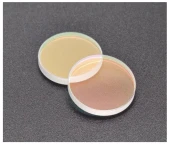
Customizable Spherical Lenses
CRYSTECH Inc.
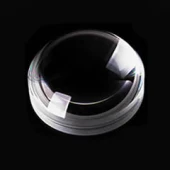
10mm Sapphire Convex Lens with Anti-Reflection (AR) Coating – 3mm Thickness
Henyuan Sapphire Optics Co., Ltd.
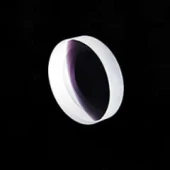
40mm Sapphire Concave Lens with Anti-Reflection (AR) Coating – 8mm Thickness
Henyuan Sapphire Optics Co., Ltd.
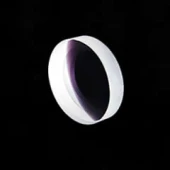
15mm Sapphire Lens with Anti-Reflection (AR) Coating – 3mm Thickness
Henyuan Sapphire Optics Co., Ltd.
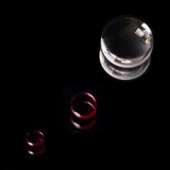
Sapphire Ball Lens 8.6mm Ø
Henyuan Sapphire Optics Co., Ltd.
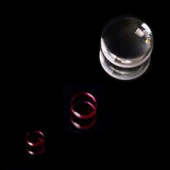
AR-Coating Sapphire Ball Lens 48mm Diameter
Henyuan Sapphire Optics Co., Ltd.
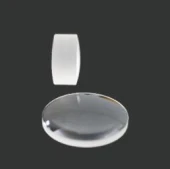
Precision Spherical Lenses | Convex, Concave & Meniscus Optics
Minyi Technology
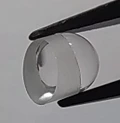
High-Precision Micro Lens for Advanced Optical Applications
Sinoptix
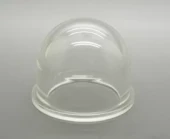
Custom Glass Domes for Advanced Optical Applications
Sinoptix
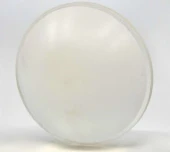
Customizable TPX Lens for Terahertz and Cryogenic Devices
Sinoptix
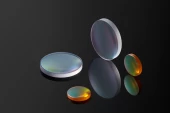
UM Optics Custom Optical ZnSe Zinc Selenide Plano Convex Focusing Lens
Henan UM Optics Ltd
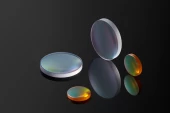
Optical Fused Silica Quartz Glass Collimating Lens
Henan UM Optics Ltd
Thank You!
Your inquiry has been received.
Create an account by adding a password
Why create an account?
- Auto-complete inquiry forms
- View and manage all your past messages
- Save products to your favorites
- Close your account anytime — no hassle
